How Zimbabwe’s art scene thrived after Independence
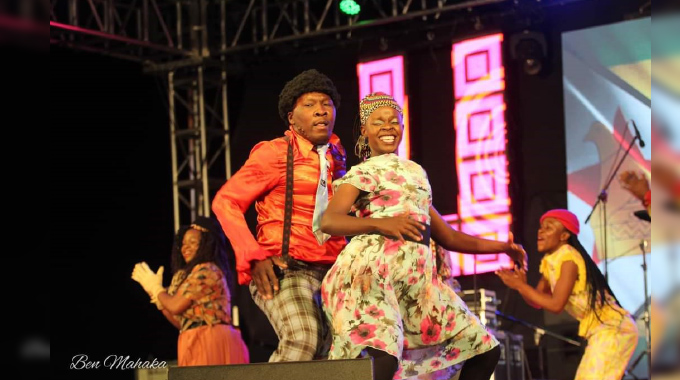
Sipepisiwe Moyo, [email protected]
THE arts industry faced numerous obstacles before independence, stifling the expressive potential of artistes who were unable to freely communicate due to the oppression imposed by the colonial Rhodesian government.
The settler regime, aware of the transformative power of art such as poetry, music and theatre, sought to suppress any avenue that might have incited rebellion.
However, independence in 1980 marked a pivotal moment for black creatives in the industry, as artistes were liberated from the constraints imposed by racist colonial powers.
This led to a flourishing of creativity, with artistes like the Bhundu Boys, Oliver Mtukudzi, Dorothy Masuka, Thomas Mapfumo and Stella Chiweshe gaining global acclaim.
The music scene evolved from a vehicle for protest to a medium of celebration and consolidation, with current expressions symbolising a generation celebrating their autonomy and honouring their predecessors’ sacrifices.
Other musicians such as George Sibanda, Zex Manatsa, Chinx Chingaira, LMG Choir, Solomon Skuza, Simon Chimbetu and Jonah Moyo with his Devera Ngwena Jazz Band, among others, who had refused to be gagged, found themselves freely unleashing their creativity without fear of detention.
Initiatives, such as youth centres and galas, provided vital platforms for artistes to train, create and connect with audiences, reflecting a shift towards greater inclusivity and accessibility.
The significance of the arts in shaping cultural identity and fostering national pride remains a testament to the resilience of Zimbabwean artistes.
Dance/theatre groups also emerged, becoming vehicles for the expression and celebration of Zimbabwean culture. These included Insingizi, Black Umfolosi, Siyaya, Umkhathi, Sunduza, Savuka, Sadalala Amajekete, Iyasa, Banyana Bafana, Isithende, Khaya Arts, Ezimnyama and Imbizo.
Nkululeko Innocent Dube, the founder of Inkululeko Yabatsha School of Arts (Iyasa), which was established in 2001 as a drama creative group, highlighted the importance of independence in giving a voice to artistes through music and dance.
“The term ‘independence’ holds diverse significance for artistes, signifying a new-found freedom of expression. Prior to independence, theatre was largely reserved as a privilege for the colonial elite. It enforced specific dress codes and thematic constraints, serving the interests of our colonial masters. However, with the advent of independence, a seismic shift occurred — we gained a voice, a platform to express ourselves through various mediums like music and dance,” Dube said.
The shift was evident, with Dube stating how all independence celebrations were filled with artistic expressions.
“Notably, all Independence Day celebrations are imbued with the essence of music, dance and theatre. It was akin to breaking out of a restrictive shell, marking the birth of a flourishing era for the arts.
“Since then, we’ve witnessed a remarkable growth in the artistic landscape, a flourishing of creativity that continued to thrive from independence in 1980 to the present day.”
Dube further elaborated on the evolution of the music scene post-independence, highlighting its dynamic phases. Initially, he said, music served as a vehicle for protest, channelling the collective grievances and aspirations of the people.
Subsequently, after the dawn of independence, music transitioned into a medium of celebration, echoing the jubilant spirit of new-found freedom.
Following this celebratory phase, the music scene entered a period of consolidation, marked by a growing appreciation for the achievements and progress attained since independence. Presently, the vibrant expressions of music and dance by the youth symbolise a generation enjoying the fruits of independence, celebrating their autonomy and honouring the sacrifices made by their predecessors in the struggle for liberation.
“The essence of music lies in its ability to narrate a story, to articulate the culture and identity of a people. It delves into the very fabric of society, depicting its joys, struggles and triumphs. When we examine the musical landscape of Zimbabwe, we cannot overlook the contributions of esteemed musicians such as Jah Prayzah, Lovemore Majaivana, Albert Nyathi and Sandra Ndebele.
“Their work encapsulates the celebratory mood of our nation, offering a vivid portrayal of what Zimbabweans cherish and love about their country.
Through their music, they continue to showcase our rich cultural heritage, fostering a sense of pride and unity among our people,” he said.
Furthermore, Dube applauded the initiatives that provide venues for artistes to train and create. He expressed satisfaction with the initiative taken by the City of Bulawayo to open up venues, including youth centres to artistes.
“These spaces have become vital hubs for artistes to train and create, reflecting a shift towards greater inclusivity and accessibility. Notably, even the Bulawayo Theatre has become available for anyone to utilise, a departure from the past when such venues were predominantly allocated for other purposes.
“This move signifies a recognition of the importance of nurturing artistic talent and providing platforms for creative expression, marking a positive step towards fostering a vibrant cultural scene within the city.”
He also stressed the significance of galas in fostering community cohesion and promoting artistes, noting their role in the growth of groups like Iyasa.
“The tradition of galas in Zimbabwe holds particular appeal for me, as it effectively brings communities together to celebrate their local artistes periodically. These events not only serve as occasions for enjoyment, but also function as platforms for emerging artistes to gain recognition.
“I’m particularly pleased to observe that this cultural phenomenon has expanded from region to region and is now reaching rural areas. This expansion not only provides artistes with increased exposure, but also facilitates free marketing for their talents,” Dube said.
“I firmly believe that initiatives like these galas have played a significant role in the growth of artistic groups such as Iyasa. They have provided invaluable opportunities for artistes to showcase their skills and connect with audiences on a broader scale.”
He commended the Government’s recognition of Bulawayo’s potential as the cultural capital city, urging continued support for the city’s creative endeavours.
“Bulawayo possesses immense creative talent, evident in the success of its artistes on the global stage. It’s a challenge the Government has rightly presented to us – to showcase Bulawayo as the cultural hub of Zimbabwe. With our rich creative heritage and global achievements, we have the capacity to realise this vision.”
The journey of post-independence Zimbabwe’s arts industry is proof of the resilience of its artistes and the transformative power of artistic expression in shaping cultural identity and fostering national pride.

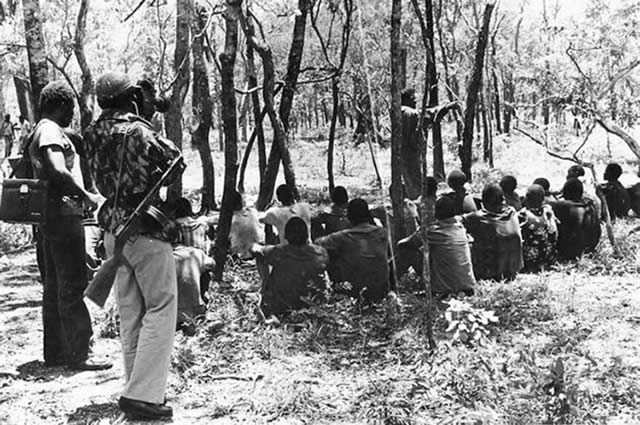

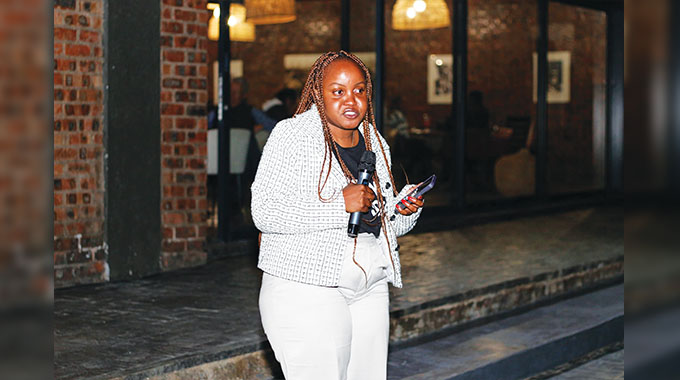
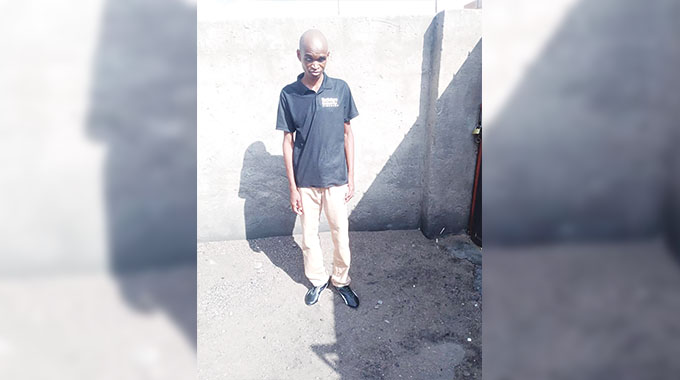
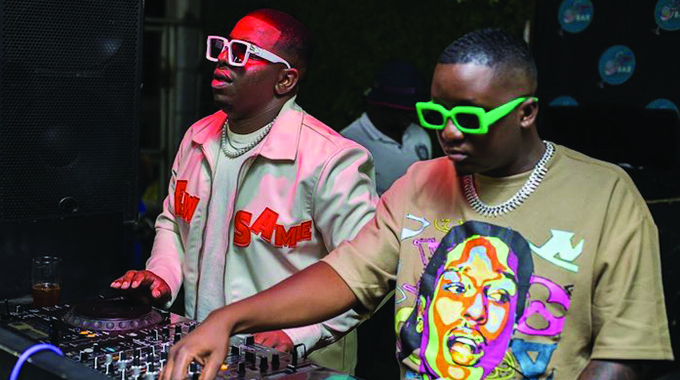




Comments